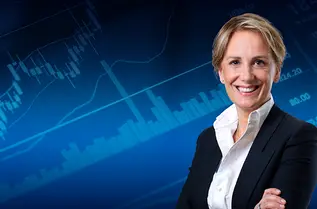2020 was supposed to be the year when policy makers, corporates, and investors charged ahead in the fight against climate change. Instead, it is the year of the coronavirus pandemic. The COP26 has been postponed, climate strikes are cancelled, and the European Commission’s ability to push through the Green Deal has yet to be proven. However, while the global lockdowns are sure to make a dent in global emissions for 2020, it remains to be seen whether climate change will fight its way into the recovery or become sacrificed yet again. Alice de Bazin, Head of Institutional Offering and Solutions department, Théophile Pouget-Abadie and Tobias Hessenberger, both working in Business solutions and innovation team, discuss the topic with Tom Burges-Watson.
-

2026 Investment Outlook - Keep it turning - Global Investment views by Outerblue Convictions
-

Deciphering conflicting signals - Global Investment views by Outerblue Convictions
-

Calm waves mask shifting undercurrents - Global Investment views by Outerblue Convictions
-

Global Investment Views - Deal or no deal, expect twists and turns this summer
-

Global Investment Views - Mid-year Outlook 2025 - Riding out the policy noise

